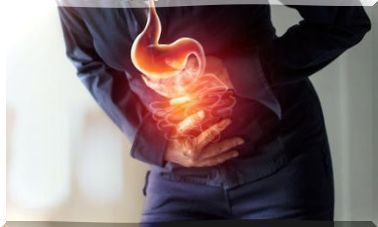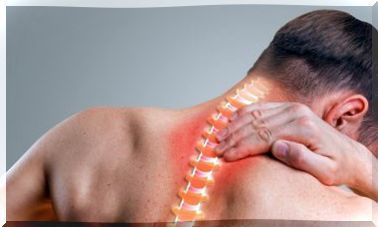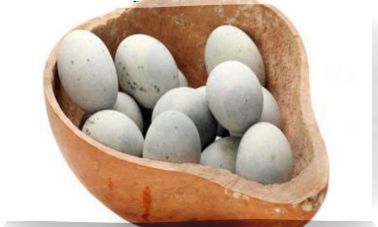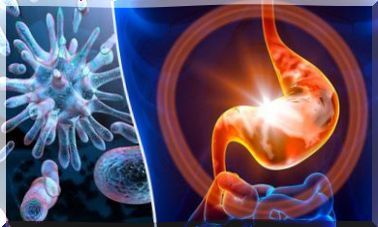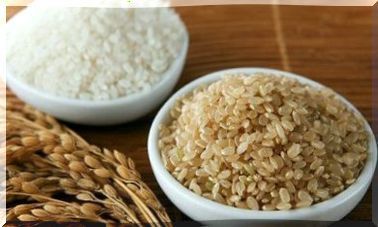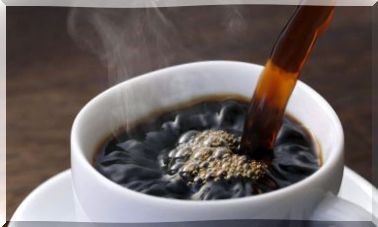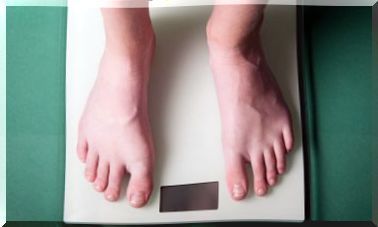Breastfeeding Reality: Is It Really Painful?
Breastfeeding is essential for the baby to receive his “first vaccination” and, as time goes by, obtain all the nutrients he needs so that he can develop healthily.
Now, what many women ask themselves when approaching (or reaching) this stage is: can breastfeeding be painful? Could the pain be bearable?
Let’s see more below.
What can cause pain during breastfeeding?
1. Difficulties in grasping the chest

Difficulties in achieving an adequate latch on the breast occur when the mother, at the time of delivery, presents these three situations: when the forceps technique is applied, when a cesarean section has been required or when the baby is separated from the mother by long time at birth.
The mother is recommended to contact, before and after the delivery, a breastfeeding counselor. She will be able to evaluate and advise you to achieve a better fit and suggest new positions that relieve irritated areas, among other aspects.
2. Submucosal frenulum or short sublingual frenulum
When the child sticks out his tongue and takes a heart shape it indicates that there may be suction problems. This could be causing pain and preventing proper emptying of the chest.
In these cases, it is recommended to consult the attending physician for a possible diagnosis of the operation, which consists of a small cut that is made in the frenulum. This surgery will allow greater mobility to the tongue so that the little one can suckle properly.
3. Nipple whitening due to vasospasm

Vasospasm occurs when there is a narrowing of the blood vessels that supply the breasts. This can also be a cause of pain during breastfeeding.
It can be given shortly after breastfeeding or between feedings. In addition, it sometimes occurs as a secondary response to nipple pain or trauma.
4. Vasospasm of the nipple due to Raynaud’s phenomenon
When nipple bleaching is caused by Raynaud’s syndrome, bleaching occurs with a triphasic color change, from white to blue to red. This change occurs as adequate blood flow is restored.
An easy and effective way to treat and prevent pain during breastfeeding is to apply dry heat to the nipple area after feeding , so as to avoid temperature shock when the nipple exits the baby’s mouth when air. Heating will promote the restoration of blood circulation.
5. Improper use of breast pumps
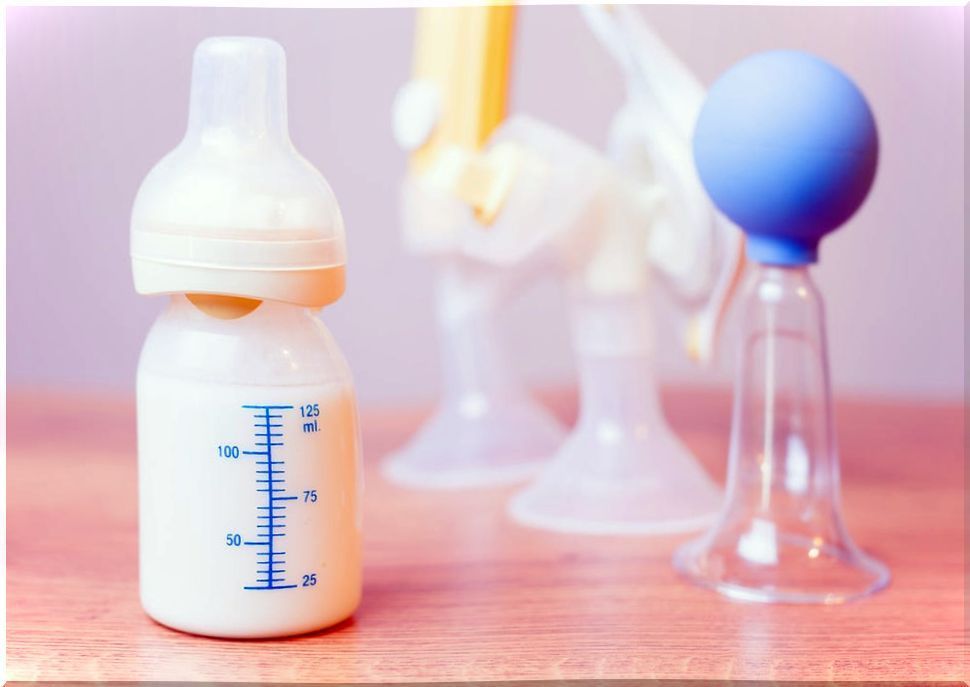
We must also comment on this cause of pain in breastfeeding due to an external factor. Sometimes, tenderness and pain may occur from continued use of the breast pump.
Therefore, it is advisable to use a good quality one to avoid these annoyances. Also, it is convenient to learn how to perform manual removal.
6. Mastitis or obstruction of a milk duct
Mastitis is inflammation of the breasts, which may or may not be accompanied by infection. It occurs when a milk duct is blocked, a channel through which milk normally passes before leaving.
This occurs by not taking the feedings at the corresponding time or by not having emptied some ducts around the areola well. It is advisable to shower with lukewarm water or put on compresses, and then massage the area before performing manual extraction.
recommendations
It is advisable to maintain breastfeeding, continue giving from both breasts, even if you feel pain. You can alternate giving on the side that hurts and then switching back to the other. On the other hand, it is advisable to empty the breasts as much as possible.
Mastitis that affects only one breast in some cases is only inflammatory, while that that affects both is often infectious in origin. For this reason, it is so important to monitor the appearance of cracks and correct the position when breastfeeding as soon as possible.
In the event that the mother has severe pain when breastfeeding, it is advisable to seek professional help. But do not give up, since the benefits that the baby will obtain are well worth the effort.
This information is intended to serve as a guide to overcome difficulties that may arise during breastfeeding. However, we always respect the diagnosis of health professionals.
